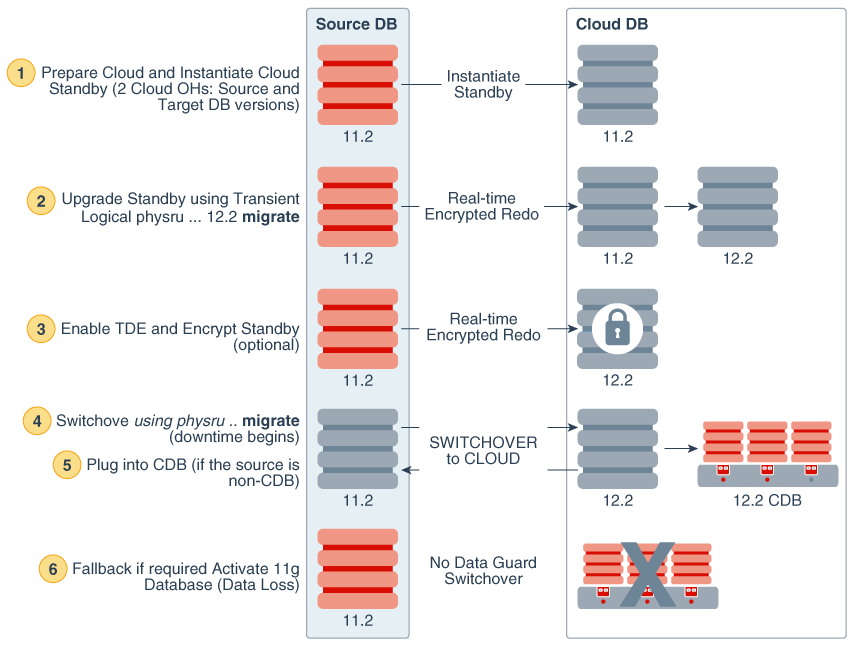

- #ORACLE DATABASE VERSIONS HOW TO#
- #ORACLE DATABASE VERSIONS INSTALL#
- #ORACLE DATABASE VERSIONS SOFTWARE#
- #ORACLE DATABASE VERSIONS WINDOWS#
If necessary, see your operating system documentation for information about how to configure additional virtual memory.ĭetermine the amount of free disk space on the system. The virtual memory is listed in the Virtual Memory section. Then select the Advanced tab on Performance Options page.
#ORACLE DATABASE VERSIONS WINDOWS#
On a Windows Server 2008 R2 computer, click System and Security, then click System, click Advanced System Settings, click the Advanced tab on System Properties page, and then click Settings in the Performance section. For example, on a Windows 2003 computer, double-click System, click the Advanced tab, and click Settings in the Performance section.
#ORACLE DATABASE VERSIONS INSTALL#
If the size of the physical RAM installed in the system is less than the required size, then you must install more memory before continuing.ĭetermine the size of the configured virtual memory (also known as paging file size). On a Windows Server 2008 R2 computer, click System and Security in the Windows Control Panel, then click System.

For example, on a Windows 2003 computer, double-click System in the Windows Control Panel and select the General tab. To ensure that the system meets these requirements, follow these steps:ĭetermine the physical RAM size. Table 2 lists the space requirements on NTFS. If sufficient space is not detected, then installation fails and an error message appears. The hard disk requirements for Oracle Database Client components include space required to install Java Runtime Environment (JRE) and Oracle Universal Installer on the partition where the operating system is installed. The Summary window does not include accurate values for disk space, the space required to create a database or the size of compressed files that are expanded on the hard drive. The NTFS system requirements listed in this section are more accurate than the hard disk values reported by the Oracle Universal Installer Summary window. Usage of Oracle ACFS and Oracle ASM or NTFS instead of FAT32 is recommended to ensure security of these files. Oracle strongly recommends that you install the Oracle database home (Oracle database binaries, trace files, and so on) on Oracle ACFS or NTFS the database files themselves must be placed on Oracle ASM if using Oracle ACFS otherwise they can be placed on NTFS. This section lists system requirements for Windows platforms that use the NT File System (NTFS). Runtime: Enables applications to connect to an Oracle database on the local system or on a remote system. It also provides tools that let you administer an Oracle database. Hence, your applications use less memory.Īdministrator: Enables applications to connect to an Oracle database on the local system or on a remote system. The advantage of using Instant Client Light is that it has a smaller footprint than regular Instant Client. You may want to use this version of Instant Client if your applications generate error messages in American English only. Instant Client includes Instant Client Light.

This installation type requires much less disk space than the other Oracle Database Client installation types. Instant Client: Enables you to install only the shared libraries required by Oracle Call Interface applications that use the Instant Client feature. It describes how to install one of the following installation types:
#ORACLE DATABASE VERSIONS SOFTWARE#
This guide describes how to complete a default installation of Oracle Database Client that does not have any Oracle software installed on it. If there is an existing Oracle software installation on this system, see Oracle Database Client Installation Guide for Microsoft Windows for more detailed installation instructions. This guide describes how to install Oracle Database Client on a system that does not have any Oracle software installed on it.


 0 kommentar(er)
0 kommentar(er)
